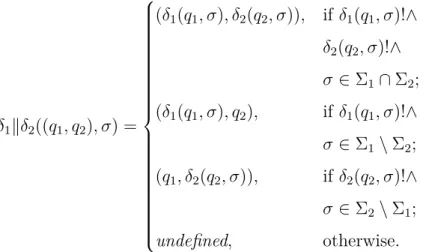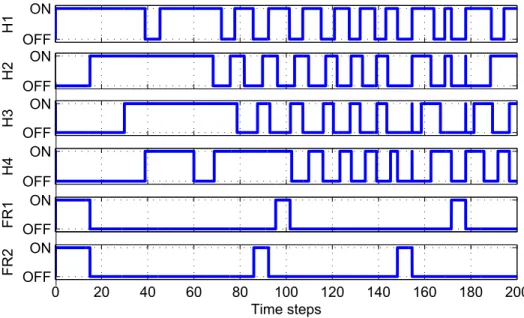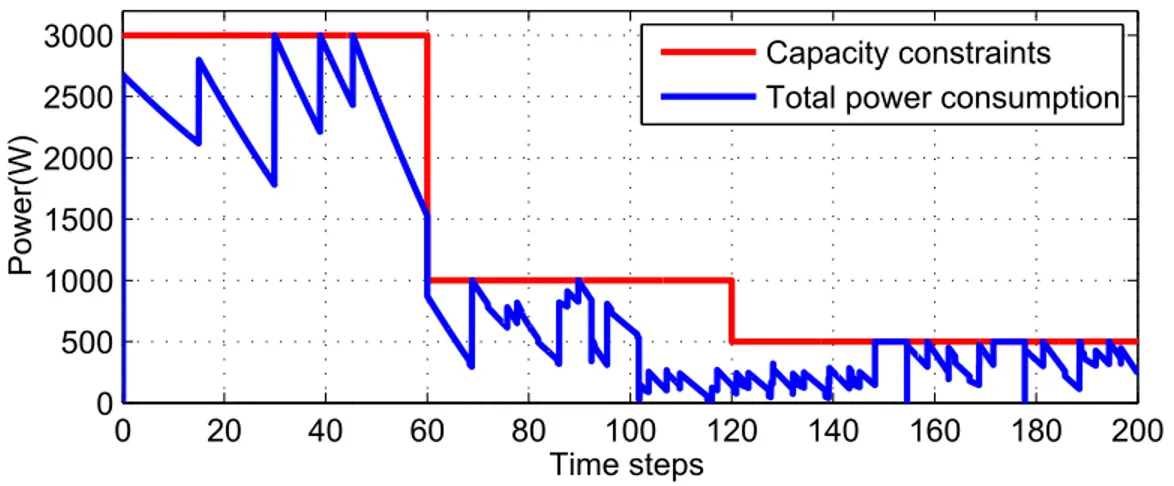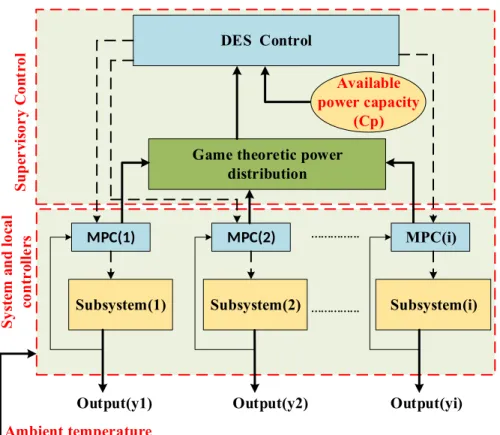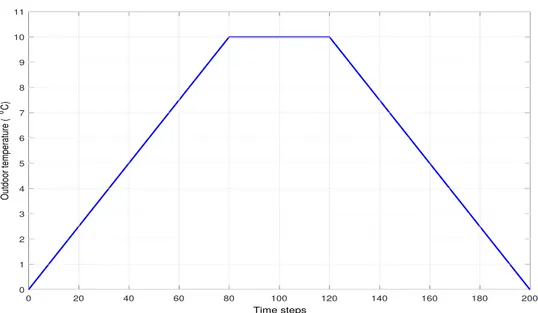Model Predictive Control for Demand Response Management Systems in Smart Buildings
Texte intégral
Figure
![Figure 1.3 DR management systems market by applications in U.S (2014-2025) [4].](https://thumb-eu.123doks.com/thumbv2/123doknet/2322332.29359/21.918.172.730.675.902/figure-dr-management-systems-market-applications-u-s.webp)
![Figure 1.4 The layered structure model on demand side [5].](https://thumb-eu.123doks.com/thumbv2/123doknet/2322332.29359/23.918.298.613.105.399/figure-the-layered-structure-model-on-demand-side.webp)
![Figure 2.1 Basic strategy of MPC [7].](https://thumb-eu.123doks.com/thumbv2/123doknet/2322332.29359/36.918.244.673.327.630/figure-basic-strategy-of-mpc.webp)
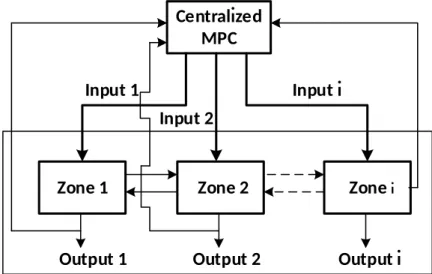
Documents relatifs
If we look at the thermal comfort, it is clear that the two predictive controllers give very interesting results because the in- door operative temperature is maintained in the
Lifecycle Management is proposed to be used in the smart city context to manage data, versions, variants and business processes associated with heterogeneous,
Continuous monitoring is vital to successful network operations of any type of industrial or urban infrastructure, regardless whether this is for transportation,
The considered MPC algorithm optimizes on line, in a closed-loop control fashion, both the indoor thermal comfort and the related energy consumption for a single zone
Celui qui se prévaut d'un contrat de travail doit apporter la preuve de 11nexac- titude de la qualification de contrat d'entreprise par l'apport d'éléments
By contextual information we refer to: information about the structure of the building (number and location of storeys, spaces, corridors, etc), its topology (storey- space
The interdependence between different smart systems in the smart city context, as detailed in hierarchy structure of BOM, gives the right to interdependent systems to
Pascal Perez is with the SMART Infrastructure Facility, University of Wollongong, NSW, 2522, Australia (e-mail: pascal@ uow.edu.au). collection and exchange. Emerging smart
